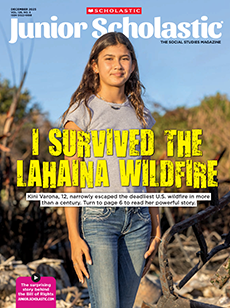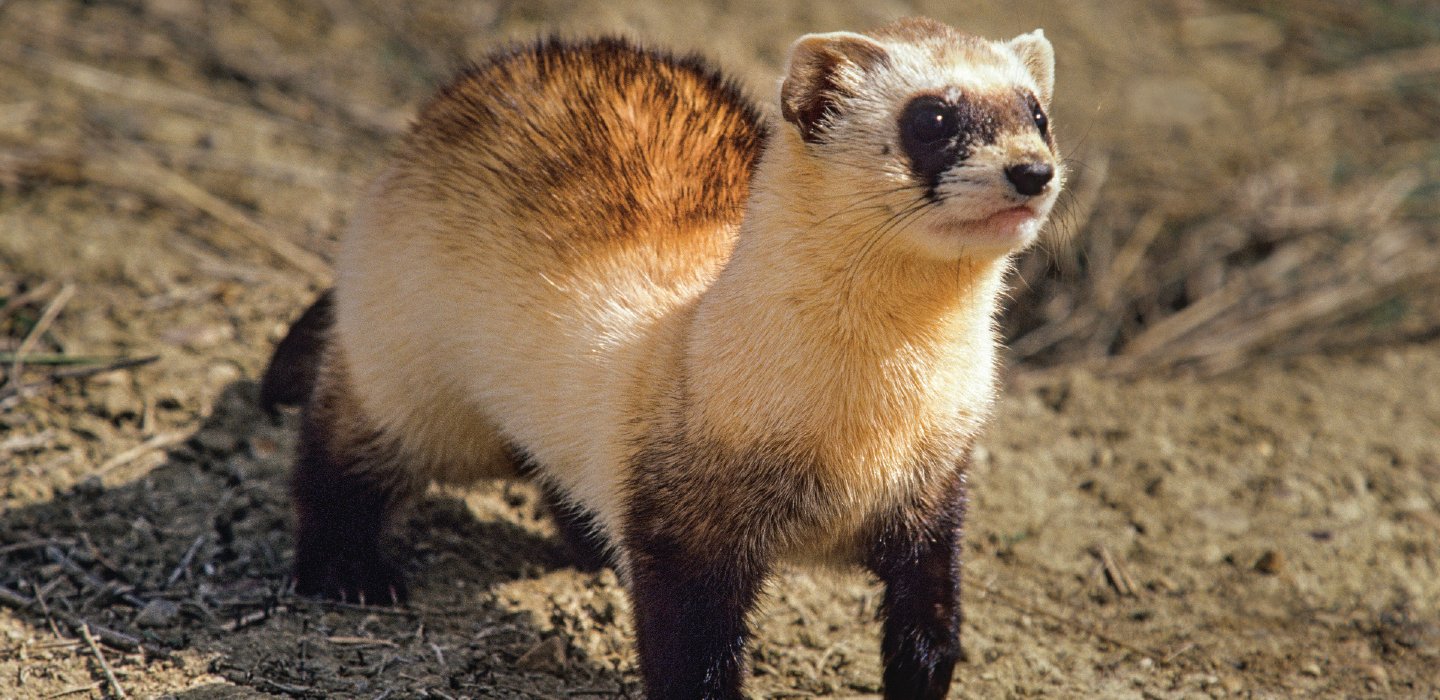In September 1981, a dog named Shep was patrolling a ranch in Meeteetse, Wyoming, when he came across a black-footed ferret (BFF). They scuffled; Shep killed it. Even so, the encounter was good news—because everyone had thought that BFFs were extinct. Shep’s kill changed the course of the species’ existence.
The BFF is a member of the weasel family. Active at night, it eats mostly prairie dogs. After killing a prairie dog, a BFF steals its burrow. The ferrets are “highly effective predators,” says Ryan Moehring, a spokesman for the U.S. Fish and Wildlife Service (FWS).
More than 100 years ago, BFFs roamed the prairies of North America by the tens of thousands. By the 20th century, the animals were twice thought to be extinct. But the BFF Shep killed proved once again that the critters are still around.
After Shep’s discovery, FWS researchers scoured the area and found a colony of the ferrets near the ranch. But by 1986, only 18 were left in the wild. In an effort to save the species, the scientists scooped up those 18 BFFs and started breeding them in captivity.

